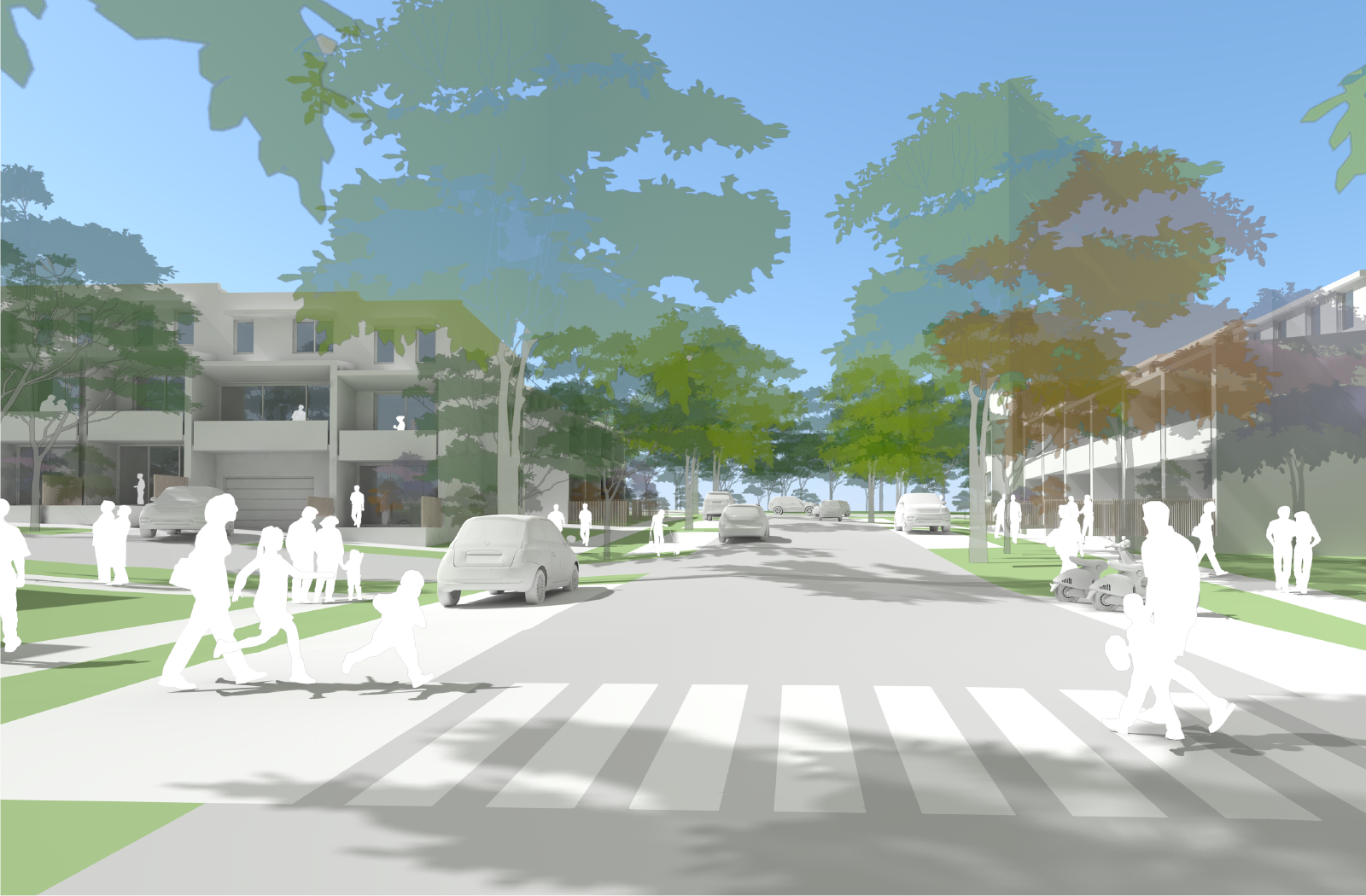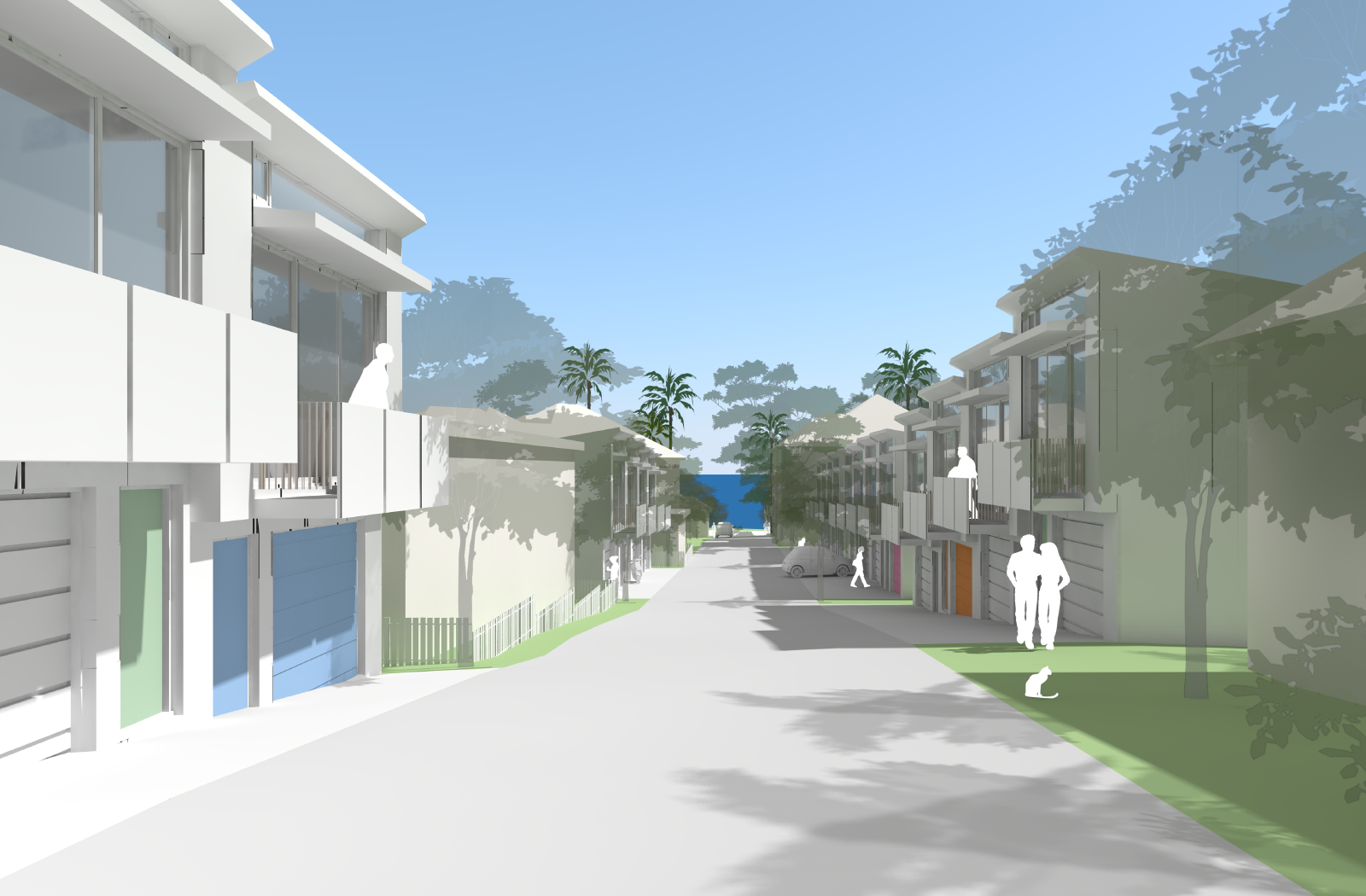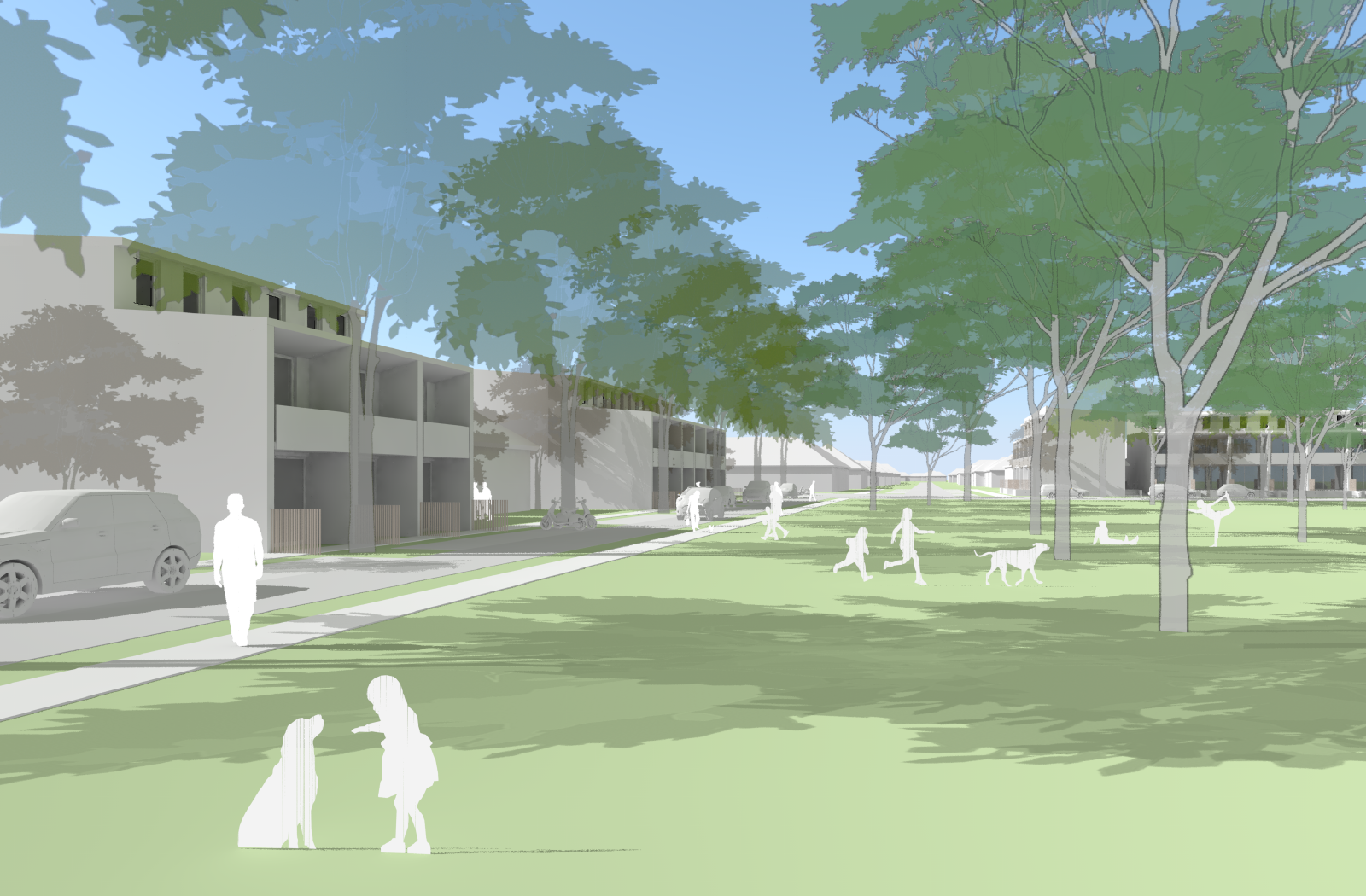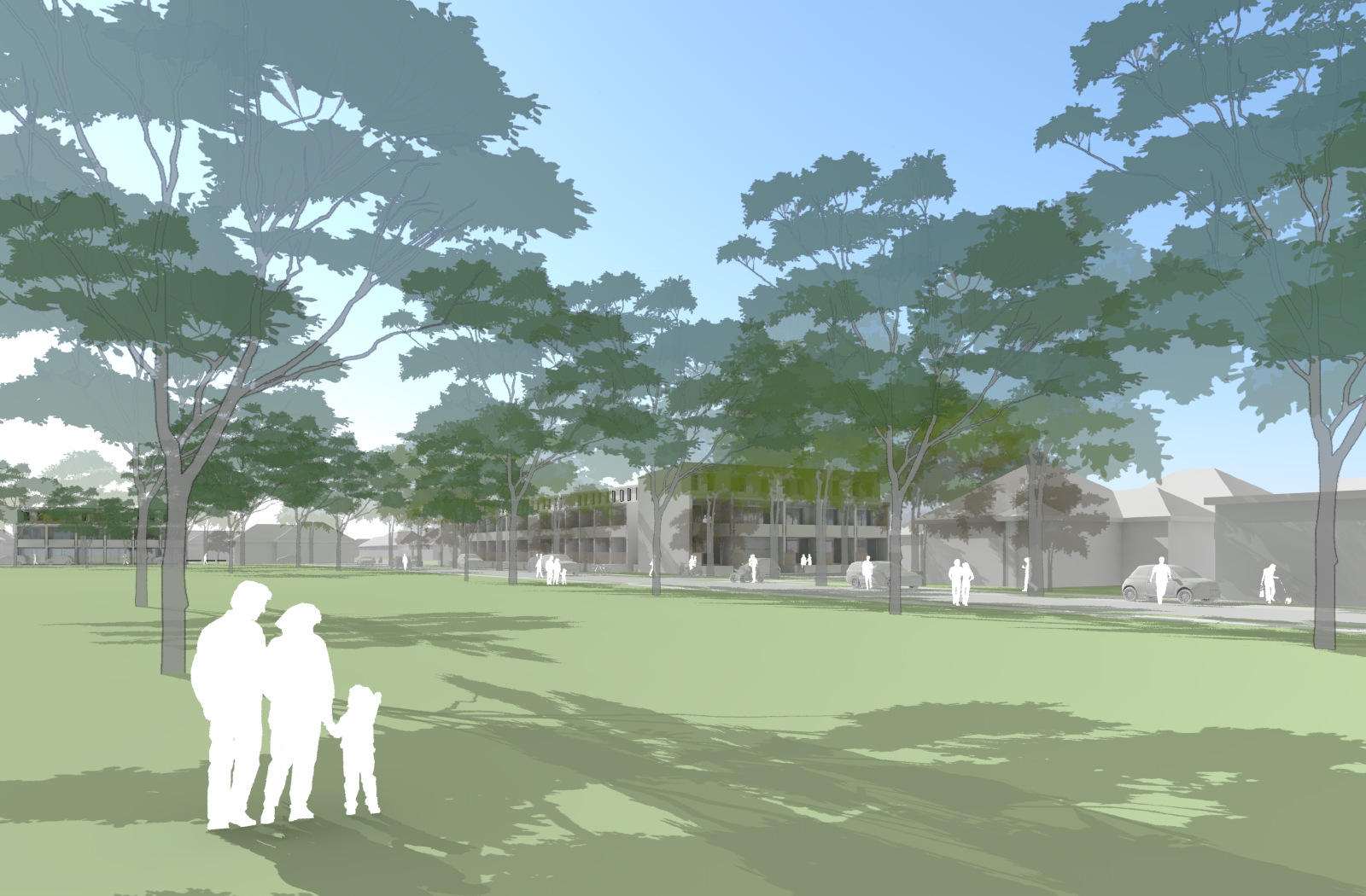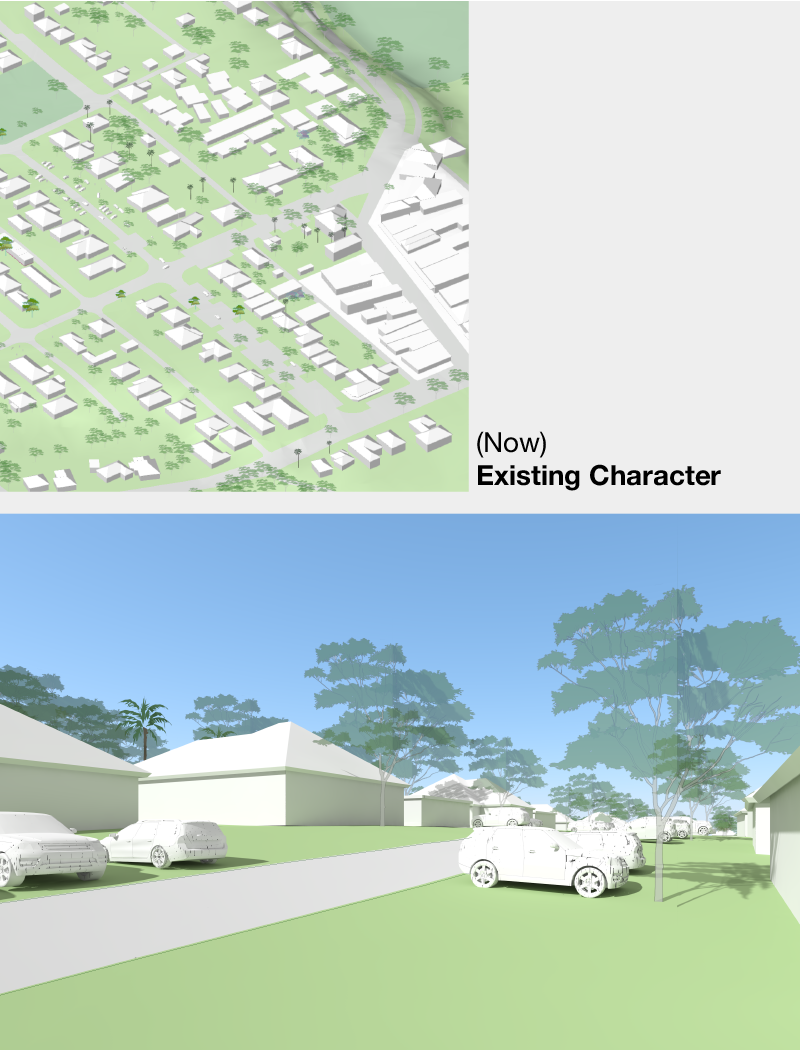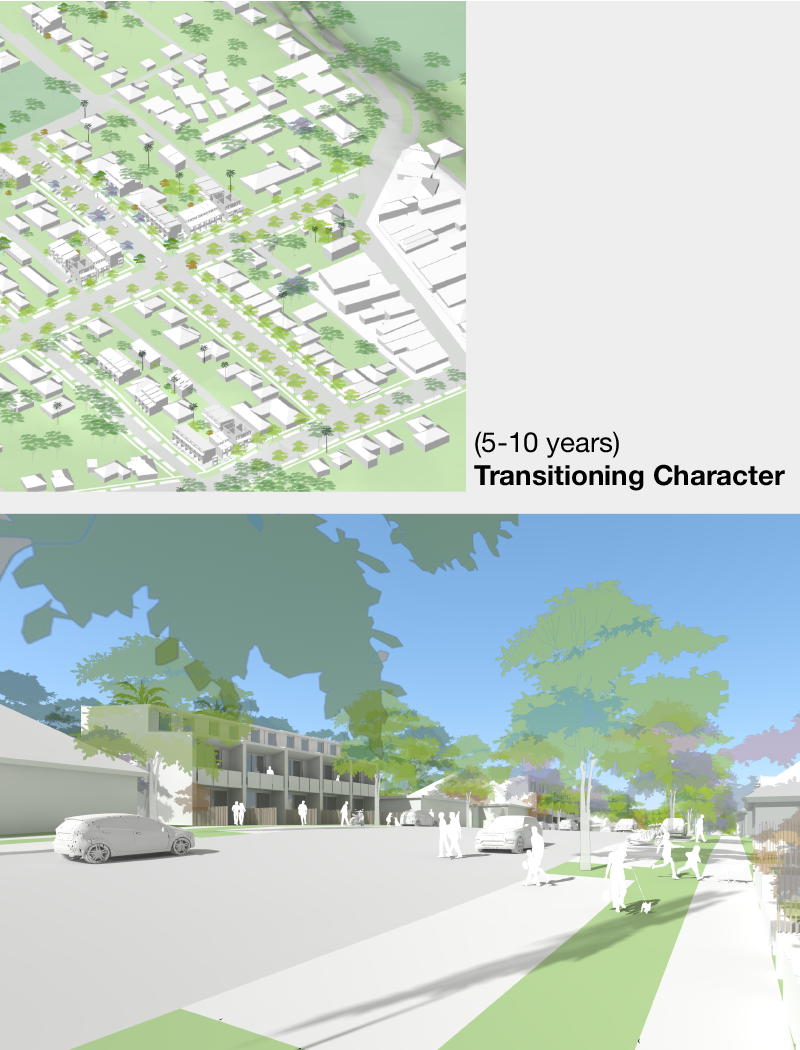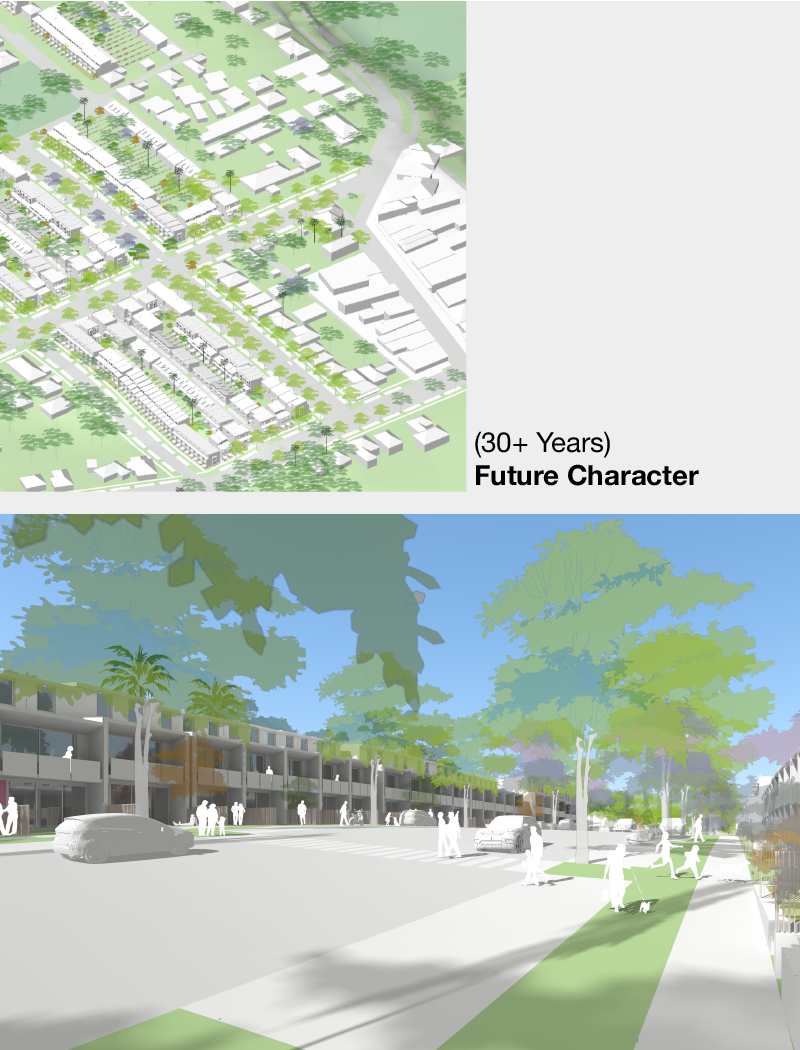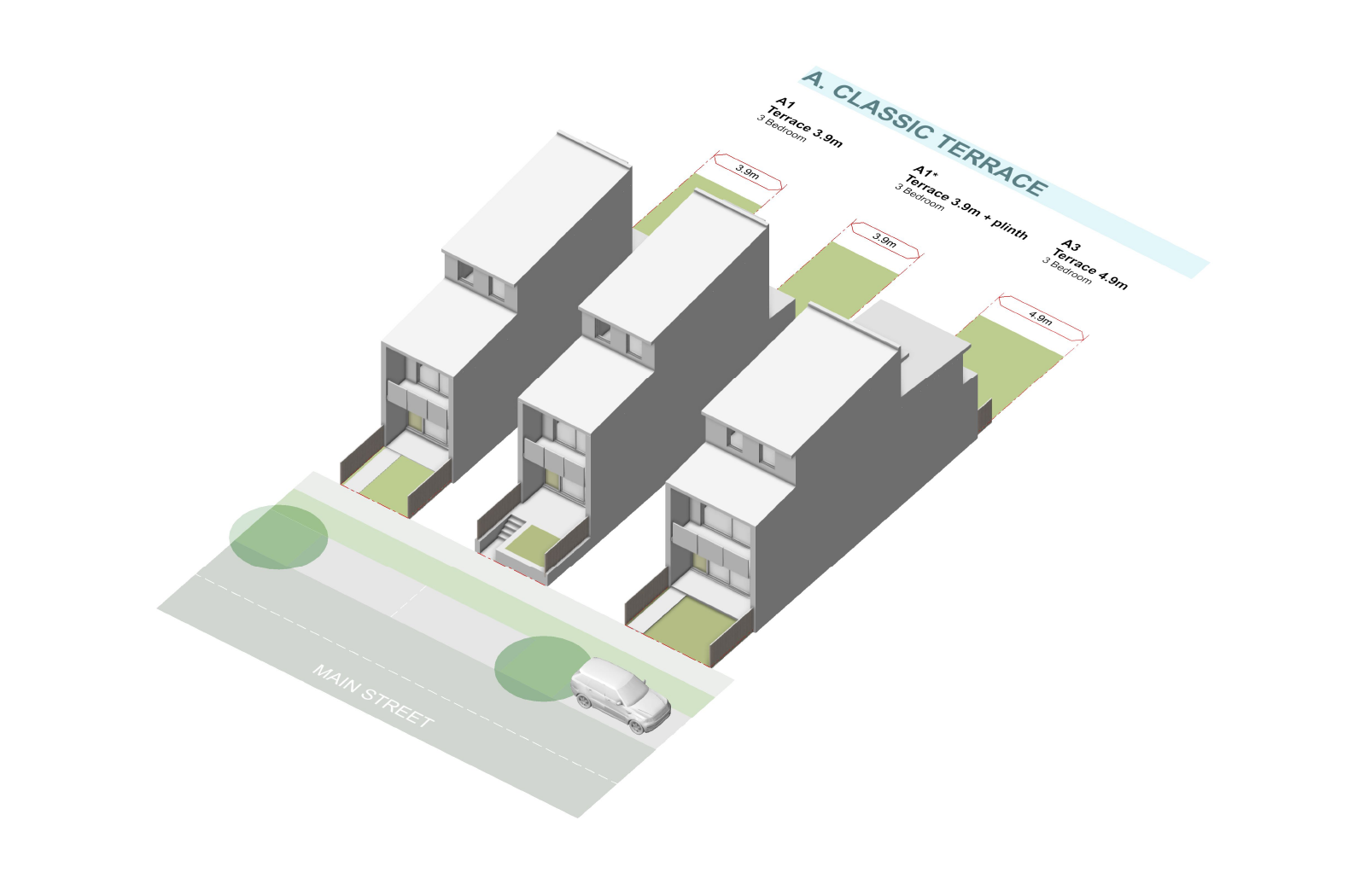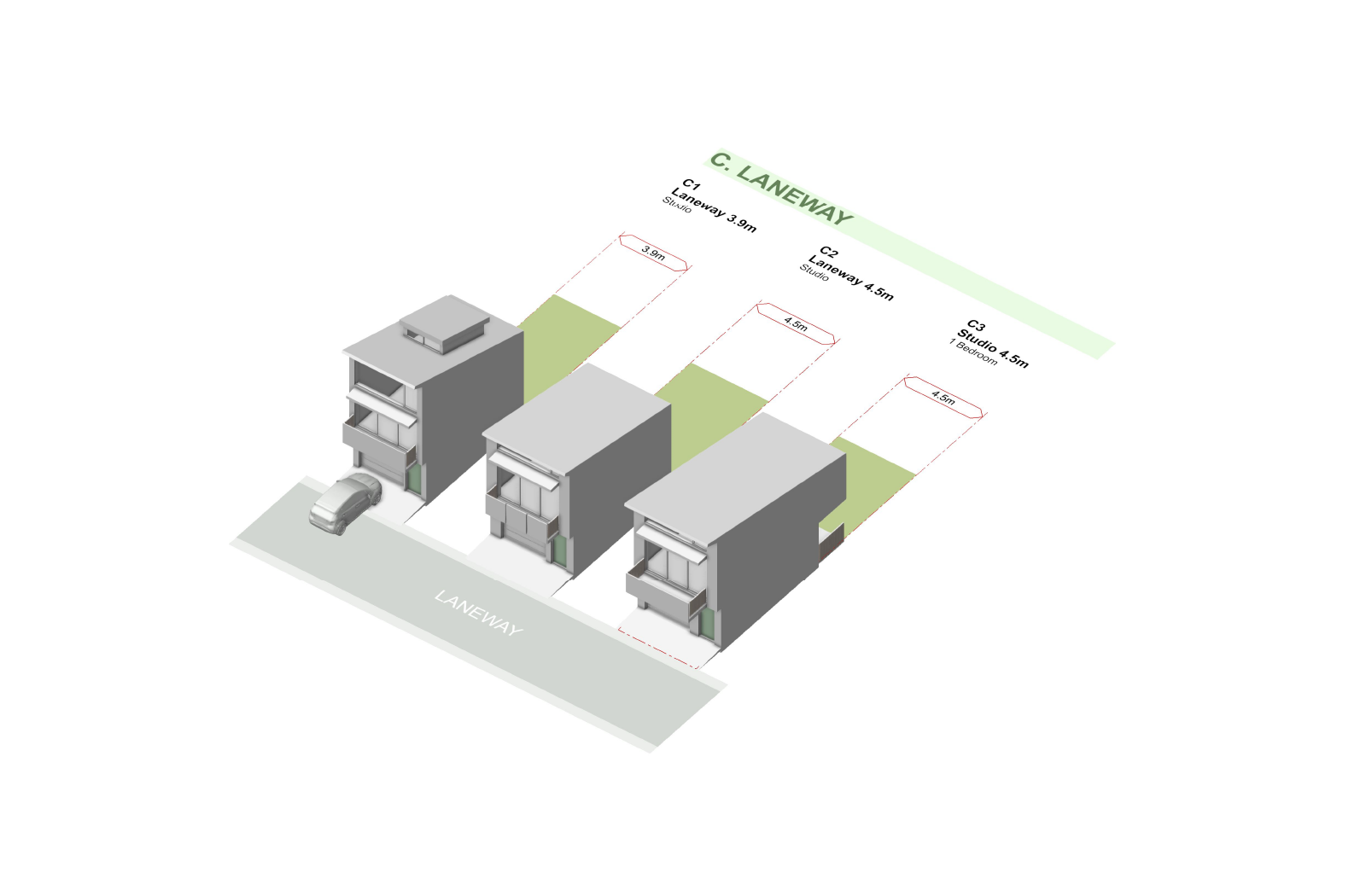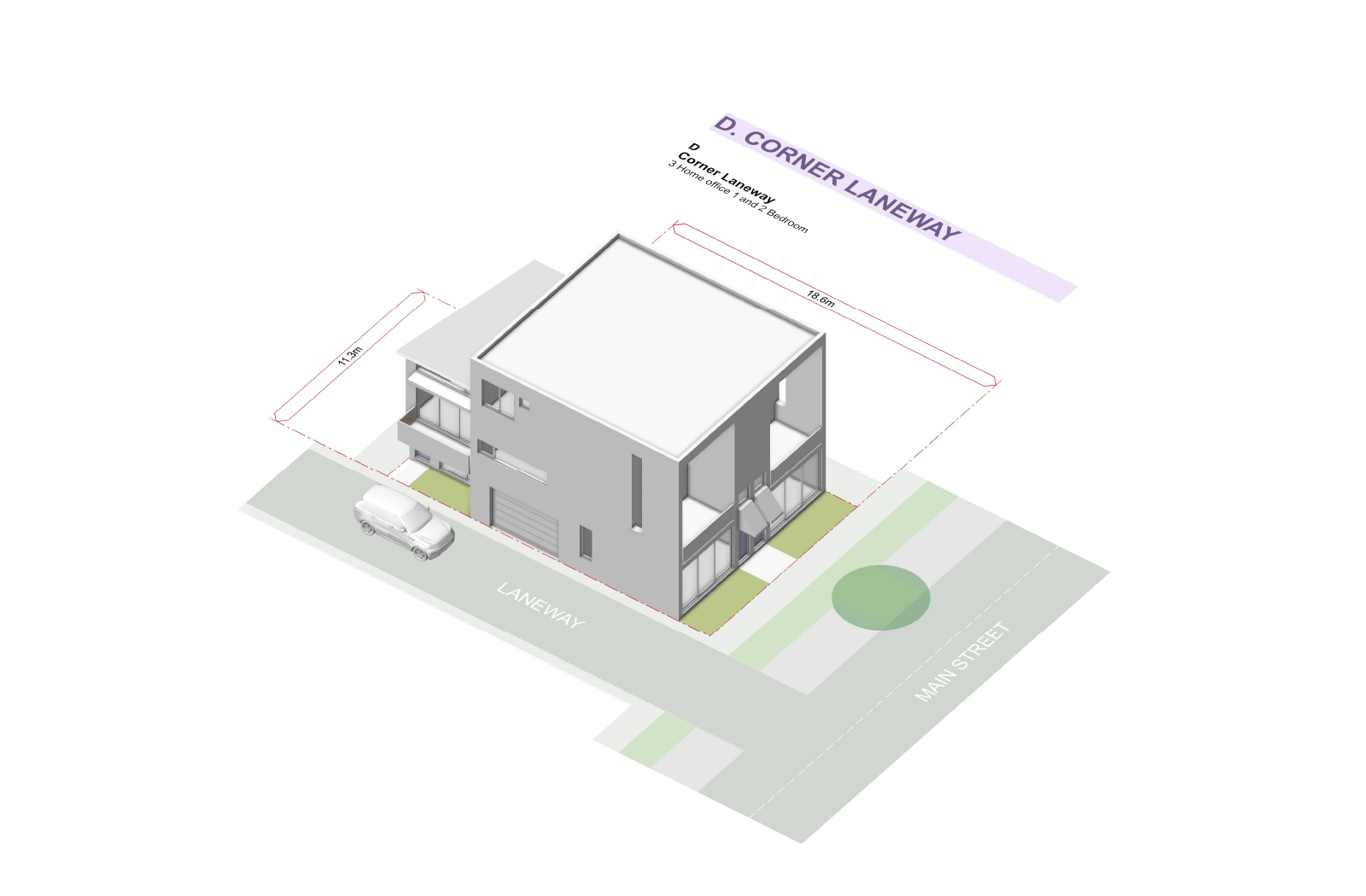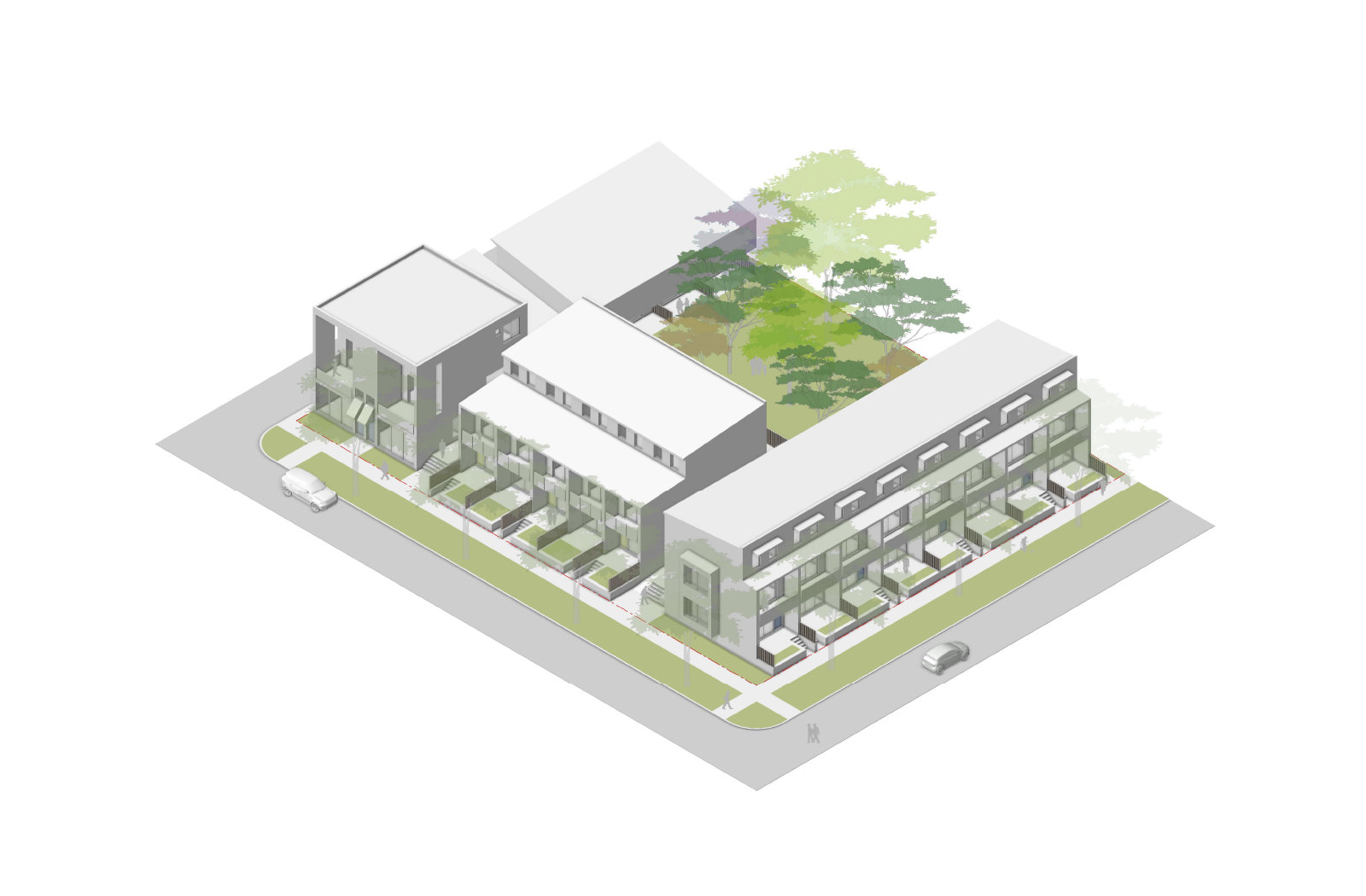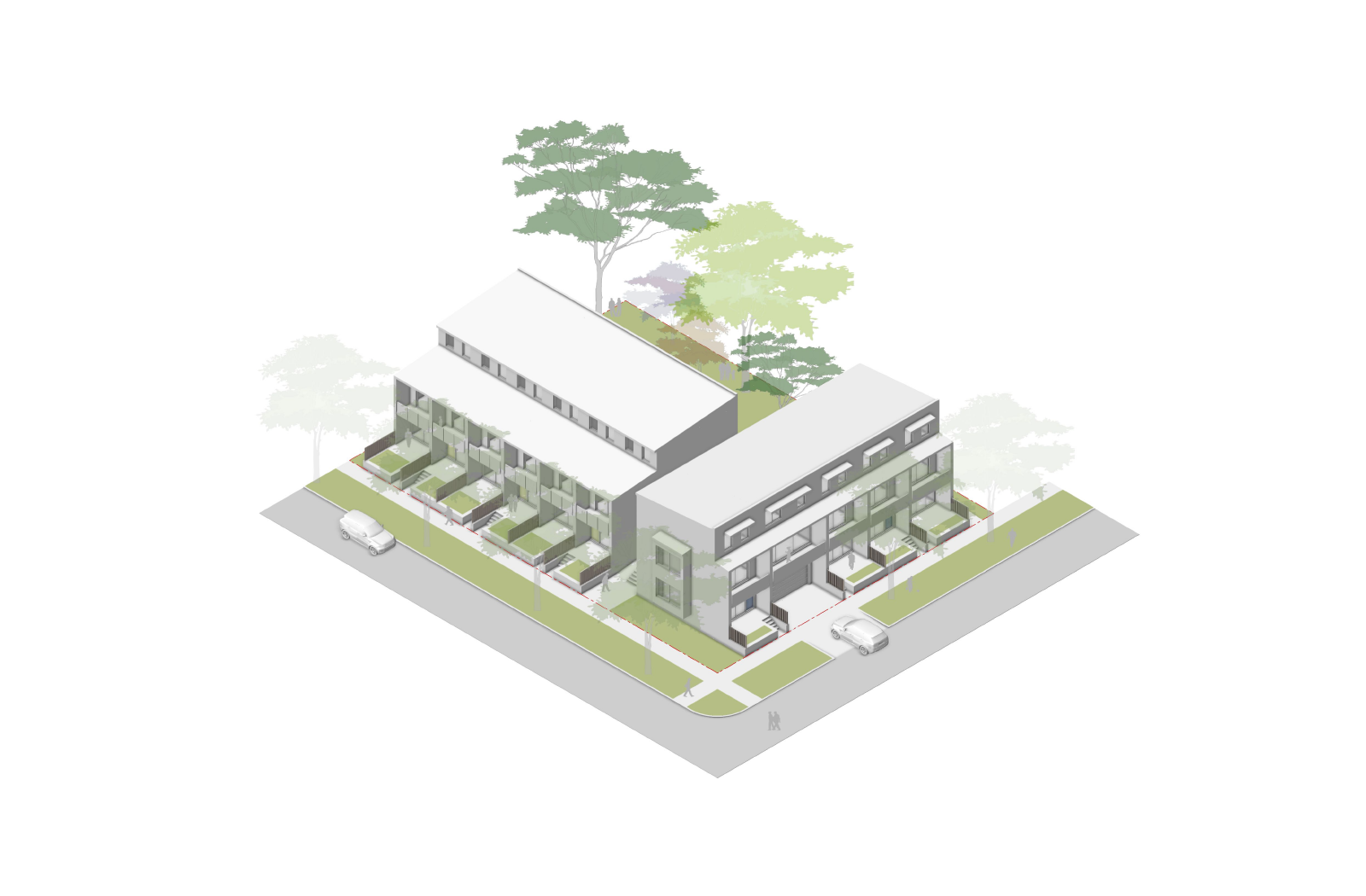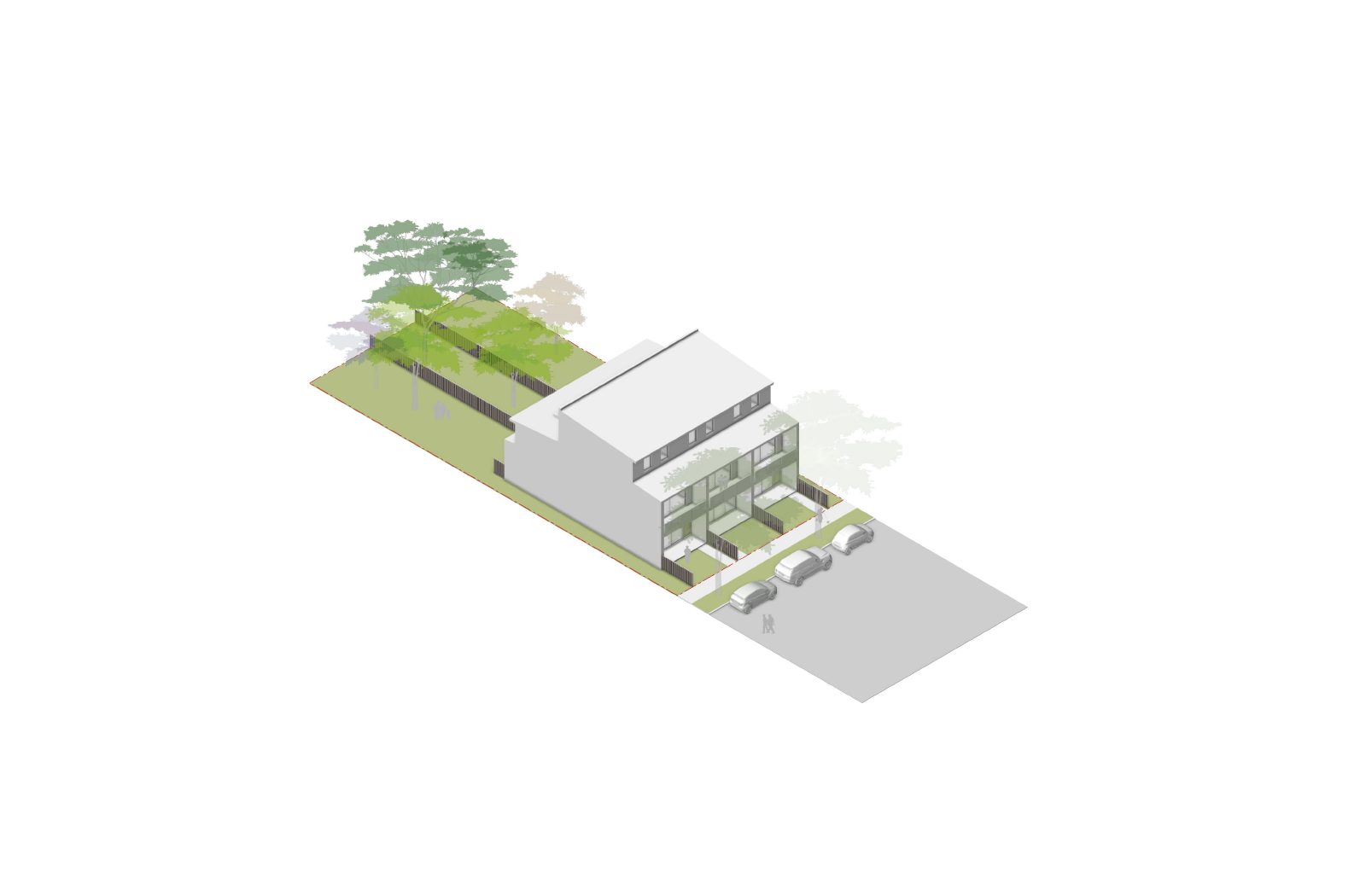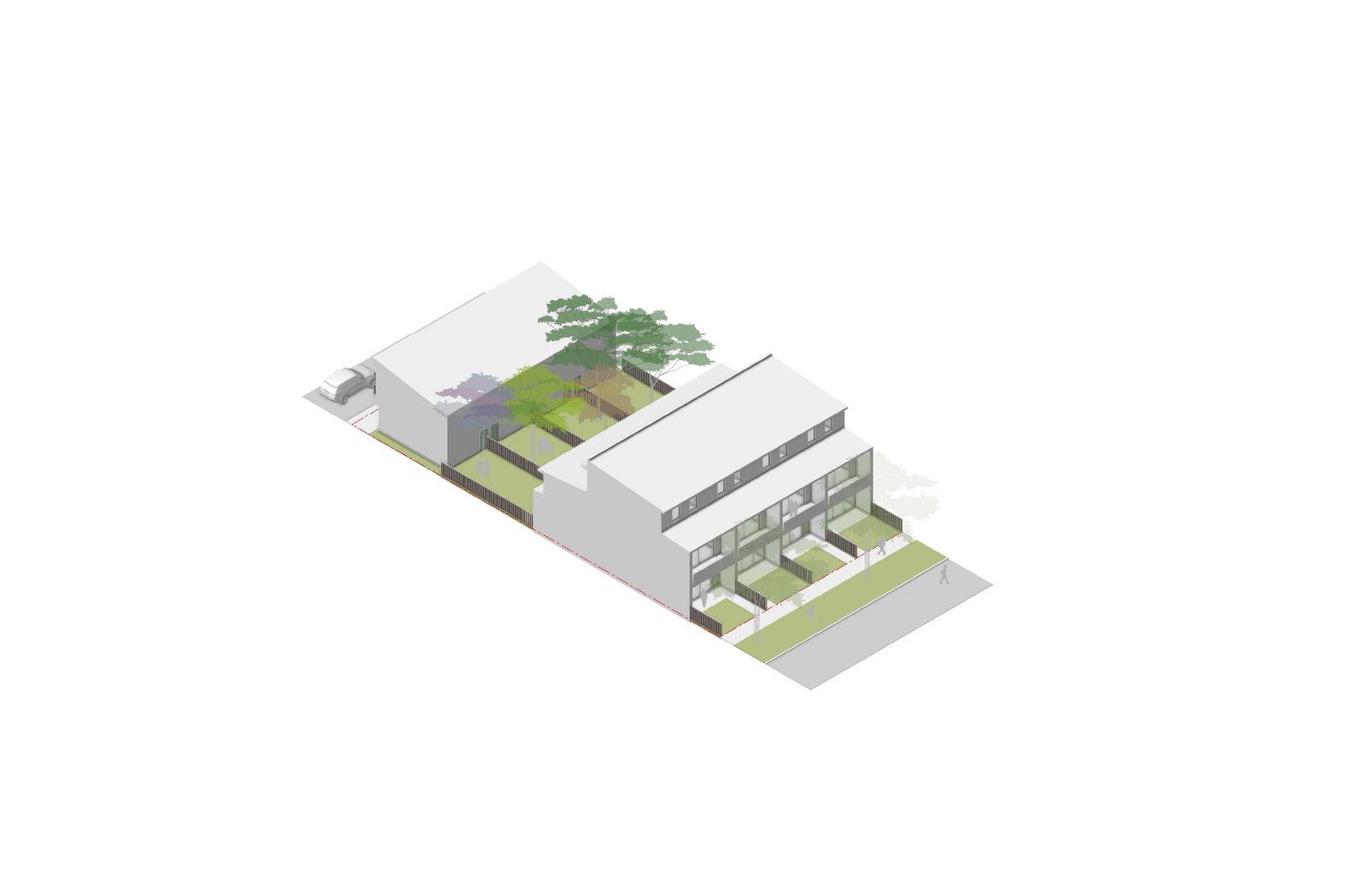GANSW Housing Study
GANSW Housing Study
NSW
Client GANSW
Year 2022
Type Multi Residential, Social Housing, Public
Scope Concept Design, Research, Speculation, Place Making
Team Peter McGregor, Damien Madell, Angelo Korsanos, Carme Serrano, Chantelle Noorizadeh, Finn Holle
Background
Government Architect NSW is investigating barriers to delivery of low-rise medium density housing across the state.
Specifically this report looks at the Low Rise Housing Diversity Code (LRHDC), through the lens of 5 regional LGAs; Tweed, Bellingen, Coffs Harbour, Port Stephens and Lake Macquarie to understand and improve on the little uptake it has had throughout NSW.
This design-led research looks into opportunities to increase the delivery and diversity of housing, with a view to expand the definition of low-rise housing typologies, their viability and to develop a “Place Based” framework for the planning and delivery of density with amenity.
This project will support the implementation of the Department of Planning and Environment’s NSW Housing Strategy 2041, by ensuring that more diverse medium density housing types are better understood and more easily delivered, to increase housing supply, diversity and choice.
Streetscape view looking north along Bareena street, Raymond Terrace in Port Stephens.
Streetscape view looking north along Orient Lane, Kingscliff, Tweed.
Park Edge View – Jack Neave Oval, Cardiff, Lake Macquarie.
Secondary Park Edge View – Jack Neave Oval.
Neighbourhoods & Transitioning Neighbourhood Character
Above all else, cities and neighbourhoods need Time to develop and become “places”. With the need for housing ever more pressing, these coastal neighbourhoods can be seen as places of evolution rather than places fixed and finished.
The proposals for more housing as outlined in this report proposes evolution rather than revolution. Only key areas of high amenity and services are in focus. Within these neighbourhoods, only key “lots”, with additional street frontage are suitable for housing.
In this sense much of the LGA is untouched.
Neighbourhood character is also evolving. Character is not a finished, fixed project, but rather one that is evolving over time. The LEP and DCP controls anticipate change. The “Desired Future Character”, needs to be imagined, outlined and communicated by Local councils, in order to anticipate the evolution of these housing types.
The images (right) illustrate the town centre of Bellingen and show the neighbourhood character evolving over time, with the progressive redevelopment of individual lots, laneway lots and 2 Lot Corner Consolidations. It shows subtle transformation not wholesale neighbourhood change.
Importantly it shows an improved public domain, with more street trees, more footpaths, improved passive surveillance and linked fragments of urban fabric that can create a more heterogeneous town and neighbourhood reflective of the diversity of housing and the residents residing within.
Note that the current town fabric offers a monoculture of detached 3 or more bedroom dwellings. Key to this research is the opportunity to provide a diversity of dwellings. Dwellings include studios, 1, 2 + 3 bedroom terrace and townhouses. On laneway corners there are opportunities for small home offices and/or commercial spaces.
In this way the research shows how towns like Bellingen can largely remain as they are, whilst at the same time accomodate a larger population with a greater diversity of housing. Changes at a neighbourhood scale will create a more sustainable Town Centre and LGA.
Isometric drawings indicating some key typologies.
Key Takes
To facilitate “Density with Amenity”, in the delivery of housing, it is critical to achieve yields approaching 100 dwellings per hectare. It is clear that the single lot and the LRHD Code are not capable of achieving this viable density at ‘scale’ across broad areas of enabled LGAs.
To enable viable and desirable Low Rise Housing with sufficient density and good amenity the following 3 points are key:
1. A Place Driven Strategy – Density should be located in places where people want to live, places with good public amenity and services; notably near railway stations, Urban Centres, Parks and Key Streets with neighbourhood services (eg. schools, hospitals and community centres).
2. A Street Frontage approach replaces an adhoc “lot” approach with a Street, Block and Lot hierarchy, whereby lots with greater street frontage, both corners and/or rear lanes, are selected for their capability to achieve viable densities, whilst accomodating carparking and maintaining or increasing landscape.
3. Terraces and Townhouses (terrace house with a basement) typologies are well understood and desirable housing types capable of delivering the required density. This type also provides:
• Good streetscapes with good passive surveillance
• Minimises privacy issues with no side windows
• A simple and well understood construction type that generally
limits fire rating to the party walls.
• The modern terrace with a taller, shallower and wider plan is flexible and versatile, whilst providing good light and air.
Isometric drawings showing the potential of the studied typologies.

